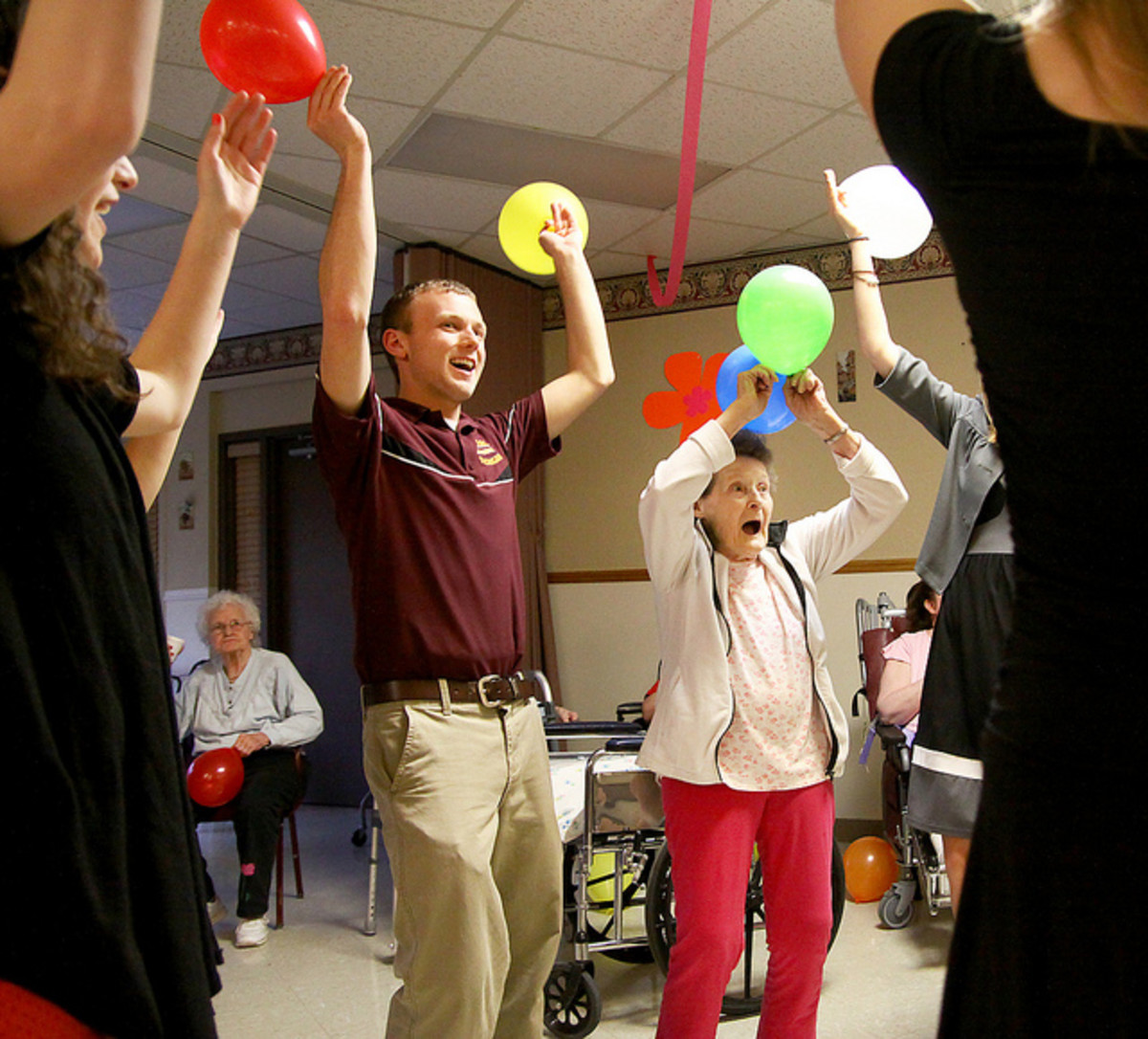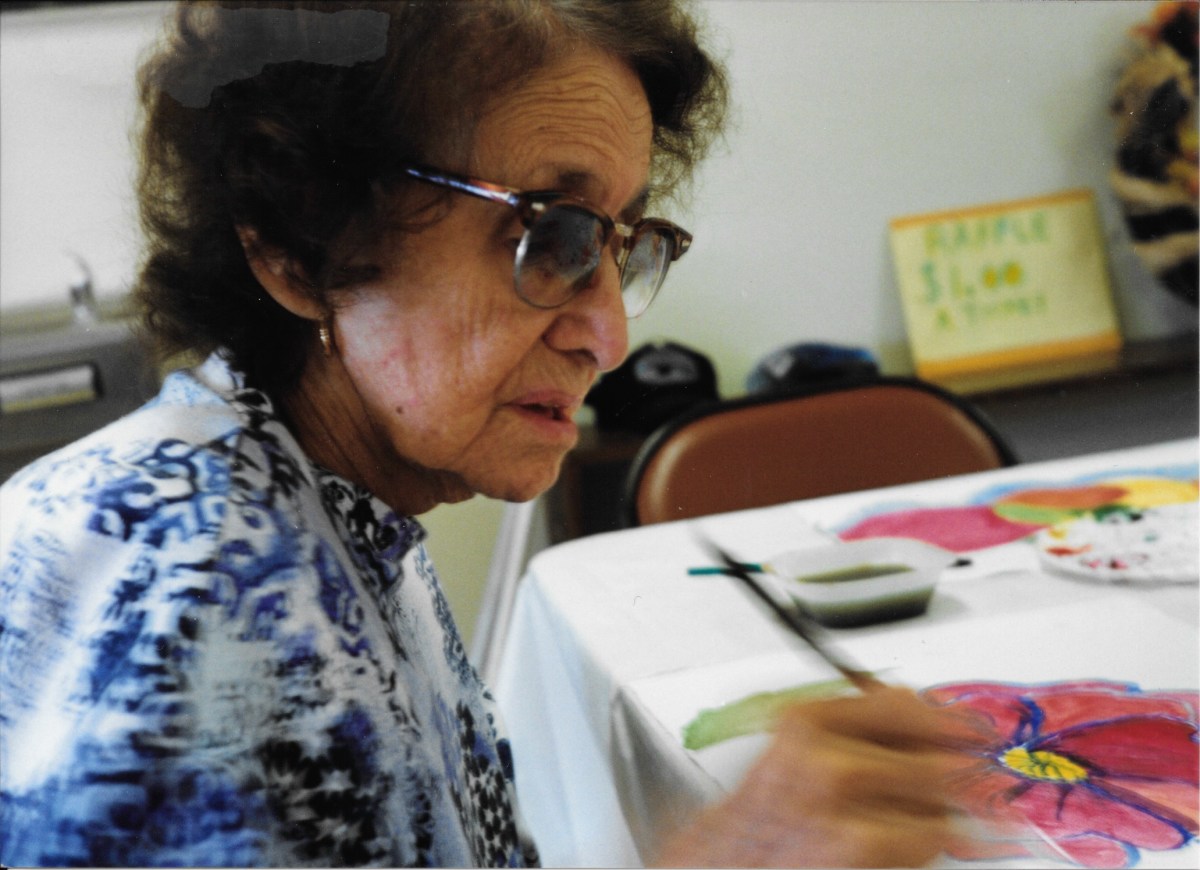Choosing a Quality Retirement Community

What You Need to Know about Choosing a Quality Retirement Community
Not all retirement communities are created equal. There are many communities that have excellent reputations and provide compassionate care and quality services to consumers. Yet still others have deservedly poor reputations and are more concerned with turning a hefty profit than they are with providing high quality of life to those that have chosen to live there.
I have dedicated 20 years to serving older adults in the long term care setting and as such, I have learned much that may be of assistance to others when choosing a quality retirement community in which to spend their later years.
Retirement communities today have evolved from those that existed years ago. Seniors are now more savvy and educated about their options than ever, yet despite their increased awareness, many are forced into less-than-ideal centers as a result of limited finances, impaired cognition or limited options within their geographical location.
Many people who have limited knowledge of today’s retirement communities, may have nothing but memories of the “homes” that their parents or grandparents lived in. Years ago, retirement centers or communities were used purely for warehousing purposes and widely considered to be the “last stop” on the train of life. A lot has changed.
Today, quality retirement communities focus more on helping people to remain active and lead vital, stimulating lives. These communities no longer provide housing and not much else. The retirement communities of today offer things such as swimming pools, gyms, wellness programs, opportunities for national and international travel, libraries, salons, restaurants and a full continuum of housing and care options that make it possible residents to move seamlessly from level of care to another as their needs change.
One of the greatest gifts that you can give to your family during your advancing years, is to plan for your own move into a retirement community. By doing your homework and selecting a community that meets your needs, you have done much of the heavy lifting. Even if you don’t move in right away, it will be a great relief to your family to know that when the time comes to move you, you will be going to a place that you are comfortable with and have chosen for yourself.
When you are considering options for yourself, your parents or other loved ones, the following are items that you need to consider or research.

Is Your Community a CCRC or a Stand Alone Facility?
CCRC stands for Continuing Care Retirement Community. These communities offer a vast array of services and care options within the same campus setting. The levels of care include Independent Living (with or without RCAC or other Home Care options); Assisted Living or Community Based Residential Facility (CBRF); Memory Care facilities, and Skilled Nursing (SNF). Quality CCRCs are typically non-profit and offer many amenities and services such as those mentioned above. It is typically not possible for stand alone facilities to compete with CCRCs because they do not have a broader business over which to spread the cost of operations and they do not have a large enough profit center to compensate for areas that are less lucrative. Skilled nursing facilities that thrive under the Medicare program and have high rates of privately paying clients help large CCRCs to turn a healthy profit. In addition, those that maintain an independent to skilled census ratio of about 7:1 are also very successful. Independent nursing homes that have high Medicaid censuses or have been unable to maximize their Medicare business are those that struggle. In order to respond, they often shift the cost of care to those that can afford to pay privately, while cutting back on services and amenities to save money. As such, the value to consumers is very little.
What are the Discharge Criteria for Each Level of Care in the Community?
Because CCRCs offer a broad range of care levels, it is important to be clear about what their admission and discharge criteria are. Today’s seniors expect to be able to move in to their preferred level of care and remain there until the end of their days. For most, that means living in their own apartment or condo and receiving care services there if needed. This type of care is referred to as “aging in place.” But many retirement communities have specific discharge criteria at each level of care that dictates when an individual must be moved to the next highest level. While there is nothing wrong with having these criteria in place, and most facilities are required by law to have them, the criteria they enact are largely left to their own discretion and as such, they might conflict philosophically with an individual’s expectations and desires. Be sure you know what the discharge criteria are and that you can live with them if ever they should apply to you.
You will want to ask if there are any types of care that this community cannot provide and whether or not you can contract for these types of care if you develop a need for them.
How has Your Community Performed in Annual State or Federal Surveys?
It is imperative that you know how successful your preferred community has been at complying with the mountains of state and federal regulations that they are required to adhere to. It has been said that nursing homes, in particular, have more regulations to comply with that even nuclear power plants! While some violations may not seem critical (i.e. paperwork compliance issues) others are extremely important such as those that relate to the care that is provided. Be sure that you ask questions about the following:
- How many in-house acquired bedsores does your facility have?
- What percentage of residents use physical restraints?
- What percentage of residents use chemical restraints?
- Does your facility have physical and chemical restraint reduction programs in place?
- How many resident rights violations has your facility had?
- What does your facility to do to assure that each resident has access to flu shots?
- What does your facility to do accommodate persons that require isolation precautions?
- What types of activities does your facility offer to meet individual needs?
- Where does your facility post results of their past surveys and plans of correction?
- Where does your facility post contact information for the Bureau of Quality Assurance, the state Ombudsman and other key contact information?
While most of these questions seem to be geared at nursing homes, they actually apply to each facility in which care is provided and because each CCRC owns and operates every facility within the community, their philosophy of care will translate into how that care is provided in each facility. Always ask to see the most recently complete state or federal survey results and the corresponding plans of correction. If the facility says that these documents are not available, this is a huge red flag, it is also non-compliant with regulations that dictate that they must be made readily available for current and potential residents.
Get Testimonials
Before making a commitment about living in a particular community, it is always a good idea to ask for contact information of current residents. Do not simply rely on written testimonials. I am sure they are accurate, but it is possible that they could be manufactured or embellished, or have been written by tenants who later have changed their minds. The most valuable testimonials are those that you can obtain in person. So ask for names and contact information. Call or visit those that you have been put in contact with.
Take a Live Tour
Virtual tours can be helpful, and looking at online galleries may be a good place to start narrowing down your list of places that you’d like to see in person. But there is no substitute for a live tour. When you are taking your tour, take notice of the following:
- How happy to other residents look?
- What types of activities are going on? Ask for a copy of their activity calendars to take with you.
- Do residents in care facilities appear clean, dry and well-dressed?
- How does the facility smell?
- What are the campus menus like? Do they offer good variety? Inquire about eating a meal during your tour and ask for a copy of a menu that you can take with you.
- Are the furnishings and fixtures in good repair and kept clean?
- Notice if there are cobwebs in the corners, along ceiling fixtures or other areas. Do the vent covers appear clean? If there are wheelchairs, are they clean and in good repair? Do the floors appear clean and the surfaces dusted and disinfected?
Safety and Security
- Does your community lock its doors at a certain time?
- What are visiting hours?
- Do visitors have to buzz in?
- Do visitors have to check in? Do they wear name badges?
- Are criminal background checks done on all employees?
- Who, besides the tenant in independent living, has keys to the apartments?
- Is there underground parking available?
- Is maintenance available to assure that roadways and walkways are kept free of ice and snow in winter?
- Can tenants move freely from one level of care/ facility to another without going outside?
- What is the solicitation policy of the community?
- Are handrails and adequate seating available in all the corridors?
- Does the community offer rehabilitation services such as PT, OT and SLP?
- Are there security cameras throughout the community?
- Where are the elevators, floor plans, and exits located?
- Does your community comply with ADA requirements?
- Is staff required to wear uniforms or nametags? If not, how do residents distinguish between staff and strangers?
- What is a facility’s policy on protection of valuables?
- Is there adequate signage that clearly tells residents and visitors how to navigate the campus?
- What is the lighting like both inside and outside the campus? This includes lighting in the parking garages and parking lots.
- Does the community contract with a security company?
- Are there sprinklers, fire alarms and smoke detectors in each facility per code?
- Are fire extinguishers readily available?
Financial Considerations
- Does your community accept Medicare, Medicaid and private insurance payments?
- Does your Long Term Care insurance policy cover any level of care within the community?
- How much does each facility cost per month/ year?
- What services and amenities, if any, are not covered in the daily/ monthly rates?
- Are you required to pay an upfront fee in order to move in?
- Is any portion of your admission deposit refundable and if so, according to what schedule?
- Is your independent apartment a rental unit or a life-lease arrangement?
- What is the community policy if you run out of money? Will they ask you to leave? Where would you go?
- When are bills sent out and when are payments due?
- What is the facility policy for late payments? Is there a penalty attached, and if so, how much?

Self Determination
Despite making the choice to move in to any level of a CCRC, including the nursing home, each individual should expect that they will be allowed to continue making their own decisions. This includes the right to decide such things as:
- When to wake and go to bed
- When to leave the facility and where they will go
- Whether or not to accept visitors
- Whether or not to follow doctor’s orders, including taking medications or following one’s diet
- Whether or not to join scheduled activities
- Whether or not they will practice their religion
- Whether or not to complete advance medical directives
When gathering information it is critical that you explore the extent to which the facility will honor each individual’s right to self-determination. Also ask for a complete list of resident rights and study them prior to moving in so that you are well aware of what you can legally expect from your community of choice.

General Quality of Life Issues
- What are visitation policies? Can I have family or friends stay in my apartment any time? And for how long?
- Is there any restriction on pets?
- What is your smoking policy?
- How often is housekeeping provided, and does it cost extra?
- Is there a wellness center and/ or pool?
- Is there a chapel?
- Is transportation available to /from doctor appointments, shopping, etc.?
- Is there a convenience store or gift shop available on campus?
- And any other questions that are critical to your future happiness in the community of your choice.
Make sure that you not only gather information that will help you get to know the community, but offer information that will help them get to know you as well. This will help assure that the decision to admit you into the community is a decision rooted in mutual understanding and respect. If you fully divulge your preferences, goals, and needs, the community can be fully honest about whether or not they meet your expectations.
It is imperative that you share your desire to move in and continue living, you are not merely moving in to wait to die. That is the old-school purpose of a retirement community. Make sure that the community of your choice knows that you are fully aware of what today's retirement communities can be. Then move in...and begin the next great adventure of your life.
Rate this Hub
More Great Aging Hubs
- Alzheimer's Disease: Communication Tips
Alzheimers Disease: Successful Communication Tips The key to managing the complicated behaviors most often associated with Alzheimers disease typically lies within the methods of communication that... - Alzheimer's Disease: Potential Signs and Symptoms
Alzheimers Disease: Potential Signs and Symptoms Alzheimers is a progressive disease for which there is no cure. Physicians have not been able to definitively diagnosis the disease until after death.... - Alzheimer's Disease: Behavior Management Techniques
Alzheimers Disease: Behavior Management Techniques Persons suffering from Alzheimers disease often view the world in frightening, irrational and delusional ways. As a result, they may feel that...
© 2010 Jaynie2000













